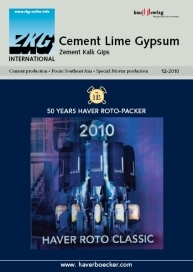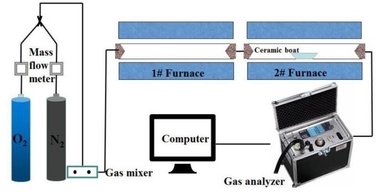News from Cembureau*
As the EU institutions are scrambling to meet the end-of-year deadline for the adoption of the benchmarks and allocation rules applicable to the free allocation of EUAs, the attention of most stakeholders, including industry, is essentially focused on the allocation process. The anxiety is palpable as everyone is asking: shall I have enough allowances to continue operate in the EU or not? The proposed allocation rules come and will apply at a time when the EU manufacturing industry – particularly the cement industry – is struggling to recover from the financial and economic crisis. The start of the crisis took operators by surprise in the middle of an investment phase and, consequently, with a high gearing. In mature markets, such as the EU’s, the way out of the recession obviously has to go through a debt reduction and cost cutting exercise. In such context, it is vital that operators be given maximum flexibility to adjust production capacity to demand. Will the proposed allocation rules facilitate this delicate transition? Unfortunately, voices in the analysts’ community are expressing doubt that they will…
Environment ministers have not taken a decision on whether Europe should increase its CO2 reduction target to 30 %. They have called on the Commission to quickly complete a further cost-benefit assessment. The European Commission has told the Council that Member States must submit data faster if they want the analysis completed sooner. Council conclusions can be found here:
http://www.consilium.europa.eu/uedocs/cms_data/docs/pressdata/en/envir/117083.pdf
On 14.10.2010 in Brussels, CEMBUREAU participated in the stakeholder meeting on the Entec’s 2nd study concerning wider economic aspects of the possible development of an EU-wide NOx and SO2 emission trading scheme. The consultants presented the results of the economic modelling, which, not surprisingly, are overall favourable to the implementation of a trading scheme. However, the trading scenarios and the assumptions to the modelling remain very controversial to industry stakeholders; the modelling is fraught with questionable assumptions which undermine its credibility. The European Commission made it clear that the way forward now is not whether an EU-wide NOx and SO2 emission trading scheme should be developed, but rather how to proceed with the introduction of such a trading scheme…


